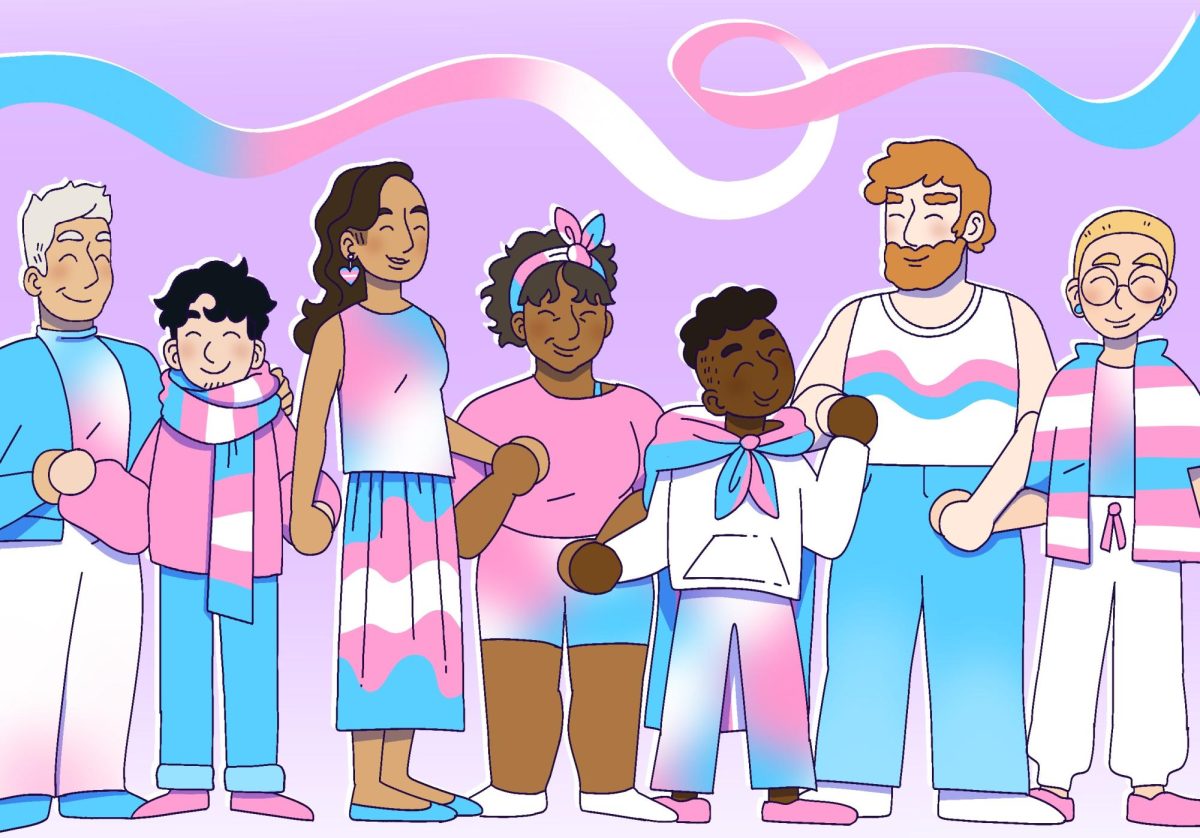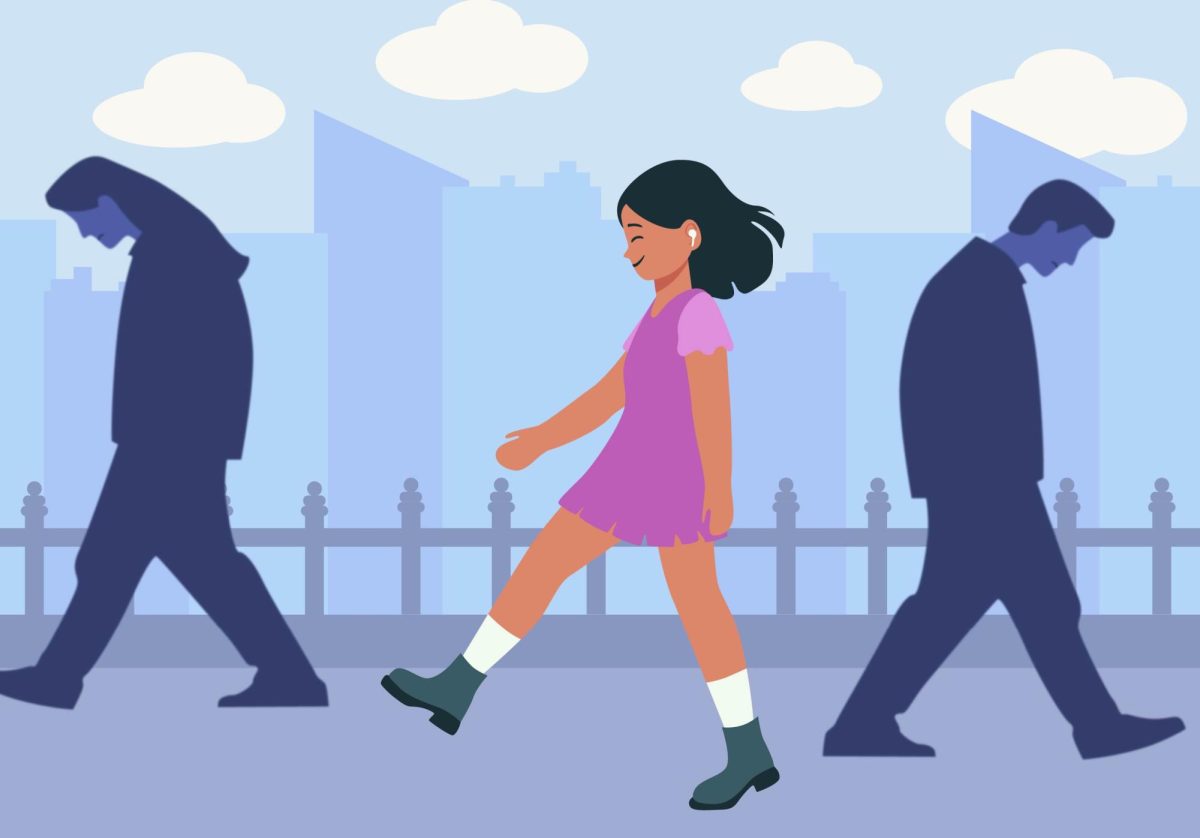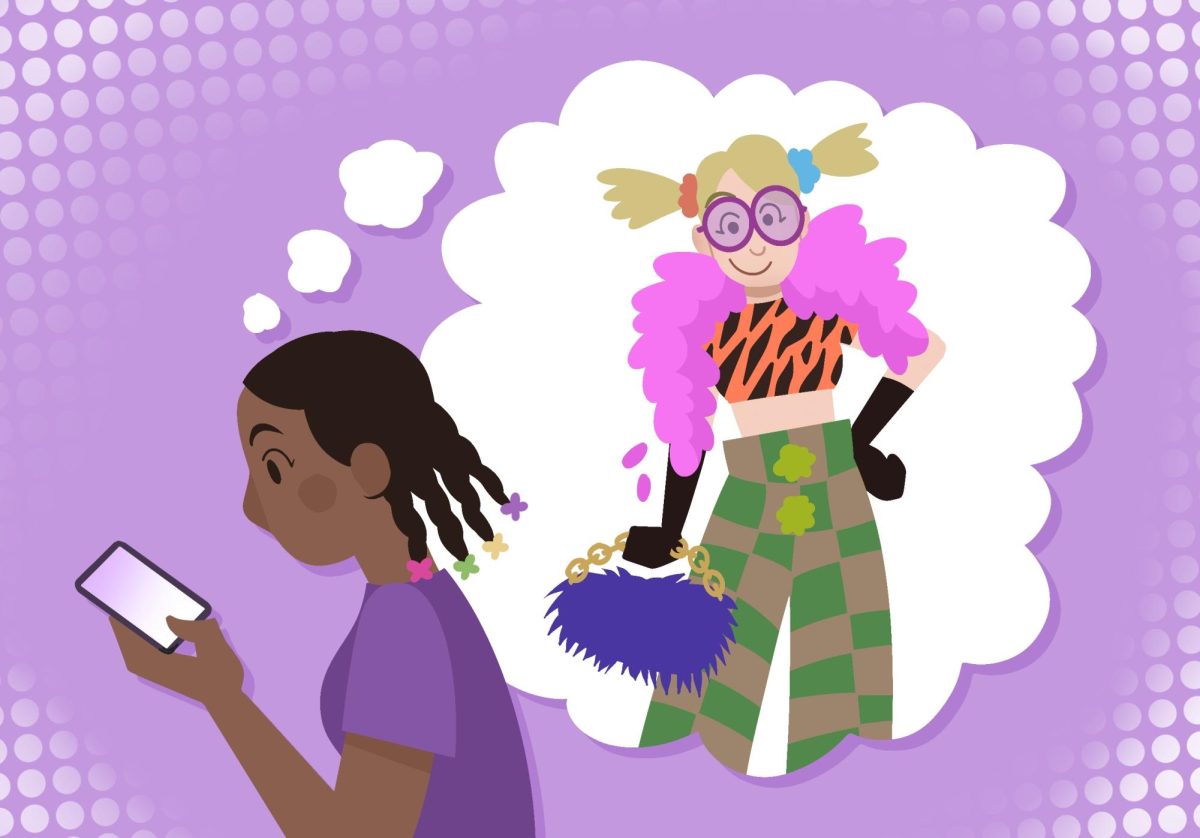I have thought about killing myself for six years.
My experience of suicidal thinking, clinically known as suicidal ideation, comes from Major Depressive Disorder (MDD). MDD is a serious condition that affects how I think, feel and function in my daily life.
I was diagnosed with MDD last year and am learning to manage my symptoms. Rather than thinking about killing myself every month or so, I might experience suicidal thoughts when I am triggered or after forgetting to take my daily anti-depressants.
Still, experiencing suicidal thoughts is unpleasant and feels like sinusitis. When I think about killing myself, my head and sinuses ache, my back tenses and I feel dread and unease in my gut.
My gut feelings suggest disgust toward myself for experiencing those thoughts.
Disgust and shame are emotional cousins. My shame over experiencing suicidal ideation has been so intense that it took me four years to share my thoughts and plan. Ironically, I did not admit that I was experiencing suicidal ideation until I volunteered on the National Suicide Prevention Hotline and was trained to identify thoughts like mine. During my time as a crisis counselor, authentic and vulnerable callers modeled how to disclose suicidal thoughts, showing me that experiencing suicidality is nothing to be ashamed of.
The privacy granted by the hotline was crucial to callers’ disclosure of their suicidal ideation. Given the stigma regarding suicide, it is not surprising that so many Americans feel compelled to use anonymous services like crisis lines. However, the rate of suicide cannot meaningfully decrease without de-stigmatizing self-killing and suicidal ideation.
As reported by the CDC, 13.2 million Americans thought about killing themselves and more than 49,000 of them completed suicide in 2022. Tragically, the stigma regarding suicide prevents individuals contemplating suicide from sharing their experiences and seeking care.
Many Americans stigmatize mental illness, and research shows that people experiencing suicidal ideation reasonably avoid disclosure given this stigma. Concerns regarding stigma are the most common reasons for keeping suicidal ideation secret, and about 75% of Americans who kill themselves never share their suicidal ideation. Worryingly, 2015 research reported that 56% of individuals with a history of suicidal behavior perceived stigma from emergency department staff. However, suicide has been used to escape stigma itself.
Stigmatizing suicide kills people.
This stigma isolates people experiencing distress and subsequently precludes active listening, a powerful, connective and evidence-based anti-suicide intervention. Active listening means taking an interest in the speaker, providing a non-judgemental presence, paraphrasing the speaker and encouraging the speaker to expand on their thoughts and feelings. It is one of the principal interventions used on crisis hotlines, and the 988 Suicide and Crisis Lifeline was founded based on listening as an intervention.
According to Tia Dole, the chief officer of the 988 Suicide and Crisis Lifeline, the rise of suicide decreases by 40% when young Americans talk to adults about suicide. Emotional support does not have to come from a professional. Respondents in a 2003 study reported that talking to family was as helpful as talking to psychiatric professionals.
Active listening prevents suicides. However, American culture still shames suicidality despite the knowledge that stigmatizing self-killing is lethal. It is worth exploring why American culture stigmatizes suicide in the first place.
A stigma is a designation that suggests a shameful quality in a person. A popular American narrative stigmatizes suicidal ideation as a sign of personal weakness, and many Christian Americans are taught that suicide sinfully insults a benevolent supernatural creator. However, the Catholic Church did not stigmatize suicide until 400 years after Jesus of Nazareth lived, and the Bible does not condemn suicide.
Harmful attitudes toward suicide did not come from Jesus. People created the stigmatization of suicide.
Suicide is not a divine insult or a sign of weakness. Suicidal ideation is a symptom of multiple diseases, and research suggests a biological predisposition to suicide. Moreover, self-killing is a desperate attempt to escape overwhelming psychological pain. Every behavior comes from a legitimate need, and suicide placates the need for comfort.
I do not intend to normalize suicide ideation. Rather, I want to de-stigmatize suicide so distressed Americans can seek help without hesitation. Understanding suicide as a coping mechanism encourages Americans to empathize with community members experiencing suicidal thoughts, regardless of the circumstances they are enduring. Changing everyday descriptions of suicide can inspire empathy for those experiencing suicidal thoughts.
Person-centered language distinguishes individuals from their distress. Labeling a person as “suicidal” diminishes individual agency. It pushes the narrative that people experiencing suicidal thoughts are unreliable. Instead of labeling a person as “suicidal,” one could say, “a person experiencing suicidal thoughts.”
Person-centered language empowers hurting individuals to identify as a person encountering a problem, rather than being a problem.
I am confident that most people can empathetically discuss self-killing and de-stigmatize suicidal ideation. Disclosing suicidal ideation can help one person stay alive. Listening saves lives.
Tom Vatterott works as a case manager at Simpson Housing Services, a Minneapolis non-profit that serves the unhoused. He is pursuing a Master of Arts (M.A.) in Marriage and Family Therapy at Saint Mary’s University of Minnesota.









Tom Vatterott
Sep 15, 2024 at 9:09 pm
Thank you very much, Dave! 🙂
David McMahon
Sep 14, 2024 at 5:02 pm
Tom,
You are a gifted writer and thought leader. This topic is super important and is insightful for those who want to show up for someone in crisis. Thanks for your vulnerability.
Tom Vatterott
Sep 13, 2024 at 11:48 am
Thank you for reading my essay and for the compliment, Ms. Zobitz!
Suzanne Engel Zobitz
Sep 12, 2024 at 9:15 pm
What a beautifully written, from the heart, personal narrative, Tom. Thank you for sharing. It really speaks to me and hits at the core of honoring each person as an individual. Your insight helps separate the stigma from the human in order to recognize and be present for the individual.
Beautiful, absolutely beautiful!